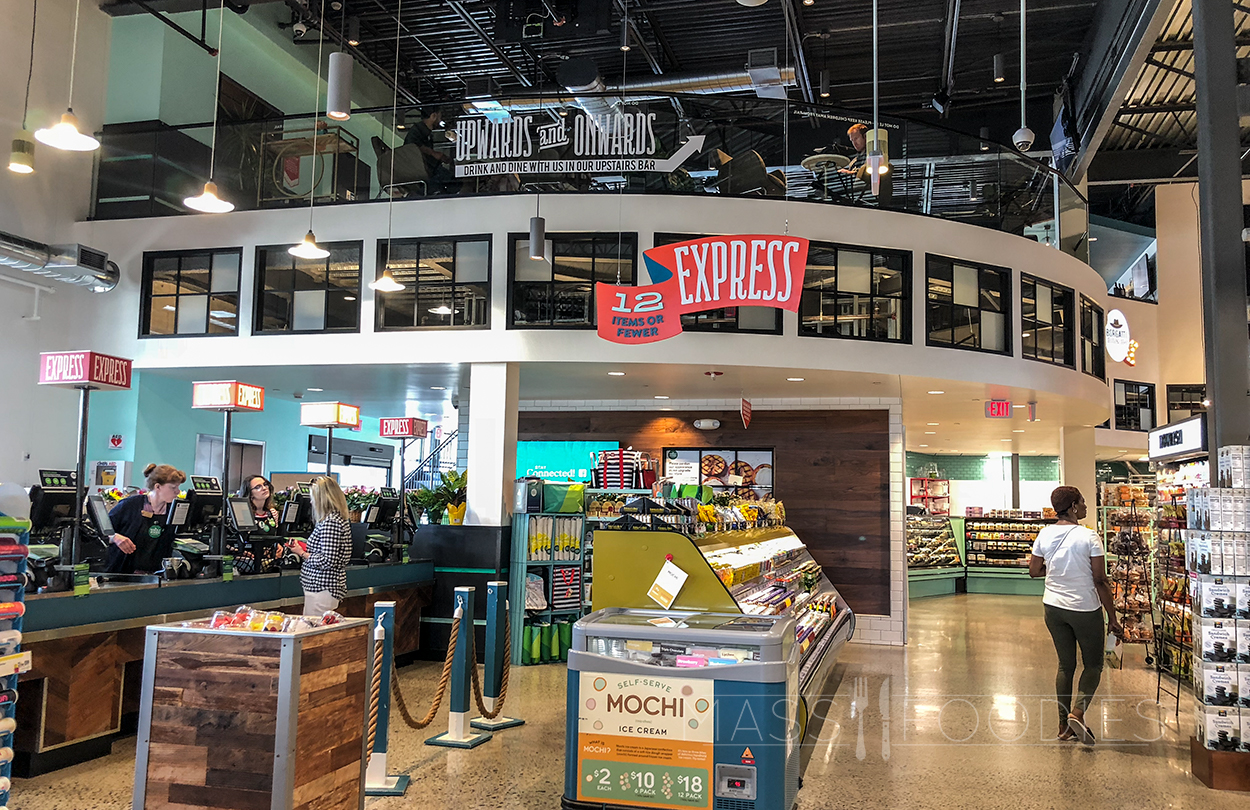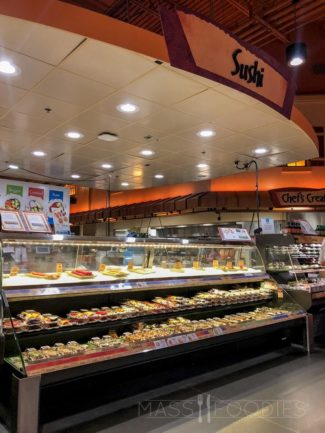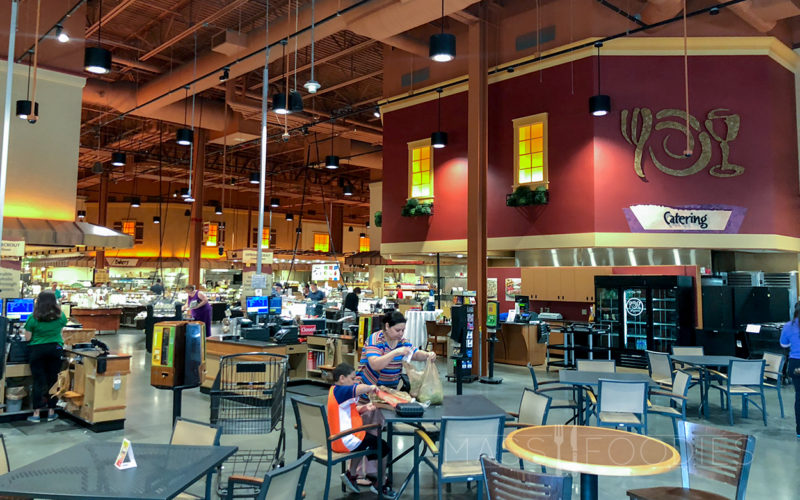
In 2013, the food and hospitality sector was crawling with a buzz about the newest trend that was revolutionizing how consumers eat. There was a movement that was quietly sneaking into the voids left open by the traditional grocery stores and the high-priced restaurants. It quickly became labeled as “shelf-to-table” mimicking the recent “farm-to-table” phenomena that qualified every new menu in hipster eateries. With the intention to bridge the gap between consumer spending at the grocery stores and at restaurants, the ‘shelf-to-table’ movement has since generated 2.4 billion visits with $10 billion in sales in 2016. But what exactly is “shelf-to-table?”
Also known by the term “grocerant,” a word combining “grocery” and “restaurant,” the shelf-to-table movement offers a one-stop-shopping solution for consumers driven by either curiosity or lack of time. Whether it’s pizza from a wood-fired oven or a glass of Chardonnay, shoppers are impulsively consuming ready-to-eat foods and drinks while shopping for weekly groceries. Grocery stores across the nation are now giving in to the new consumer buying habits with onsite restaurants, ready-to-eat options and a broader spectrum of food and drink available – resulting in a new level of competition for fast-food chains and traditional restaurants.

Imagine going to the grocery store for dinner but instead of picking up fresh bread and tomatoes to make dinner at home, you can actually decide to eat at the store. With at-home food services driving millennials away from the local grocery stores, many supermarkets are adding sit-down restaurants in a defensive strategy to remain appealing; so far, the results are positive.
For years, supermarkets like Whole Foods have been offering sit-down dining and drink deals with the essential grab-and-go salad bars and prepared food counters but now these spaces are evolving into fast-casual restaurant spaces. While some grocerants offer massive food court seating areas or full-service enclosed spaces, most offer bars, and even menus catered to made-to-order meals. Just like the concept behind Starbucks with their free wifi, the strategy is to encourage customers to linger in hopes of enticing visitors to shop the endless aisles. Millennials are more likely to dine out than older generations and that is no surprise given the current demands and social pressures on the millennial generation. More than half of millennials surveyed by financial services firm Morgan Stanley said they had eaten out in the past week, compared to 43 percent of previous generations. With those statistics, it is easy to understand the birth of grocerants and their rapid expansion.
Initially, this concept was entertained nationally with full-scale Subways found in Walmarts across the nation while Target opened Starbucks and Pizza Huts inside every store, but now the options have become sophisticated: Whole Foods has included ramen counters and dosa spots while Michelin-starred chefs have also begun to set up shop in various grocerants. Places like Eataly continue to expand their “shelf-to-table” concept to Chicago and prix-fixe spots like Le Restaurant in New York City markets. On a local level, The Living Earth Natural and Organic Foods Market is dipping their hands in the cookie jar that is the grocerant movement with the addition of the New Island. From burrito bowls to hot soups to waffle bowls and breakfast sandwiches, Living Earth is offering a local taste of what Whole Foods has magnified.
As millennials continue to turn away from restaurant chains like Chili’s or Applebee’s, which have closed nearly 60 locations in the last year, the grocerant concept increases its appeal on a mass level. Whole Foods may have embarked on this idea over 30 years ago, but it is now just a part of a growing list of grocerants including Wegman’s, Eataly, and Living Earth and is transforming the way consumers buy groceries and experience the restaurant industry. Whether millennials are causing the market to shift because of recognition of the change in consumer buying habits or because there is an underlying need for increasing awareness of food sources, grocerants are showing that they are growing rapidly with zero signs of stopping.

